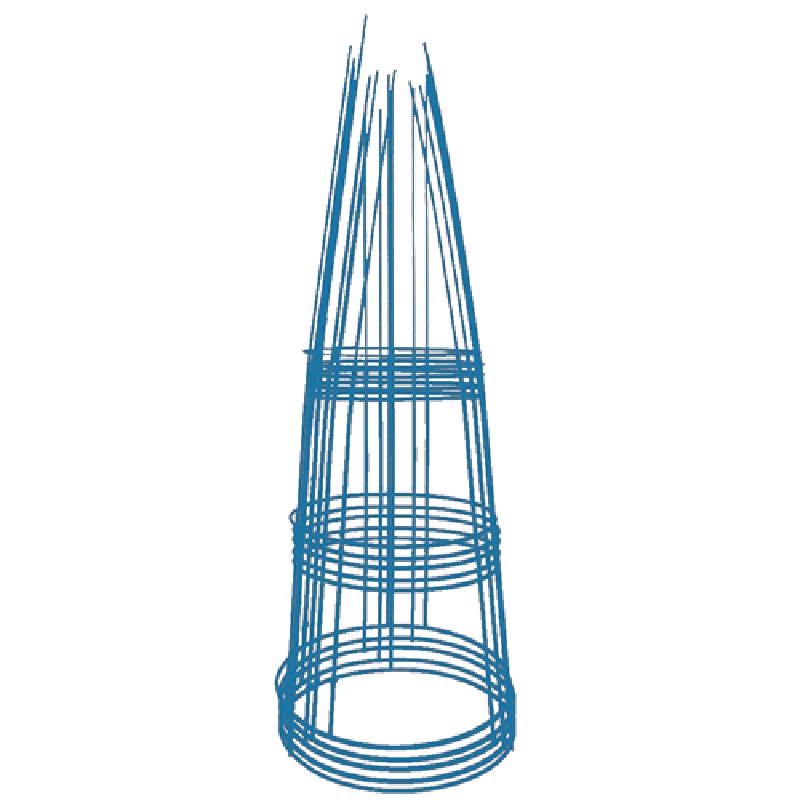
- Mobile Phone
- +8613931874955
- sales@cntcmetal.com
what is a cavity wall tie
Understanding Cavity Wall Ties
Cavity wall ties are essential components in modern construction, specifically in cavity wall systems. A cavity wall is composed of two separate walls—a load-bearing outer layer and an inner layer that may serve as the structural support. The space between these two layers is the cavity, which is intended to prevent moisture penetration and improve thermal insulation. Cavity wall ties play a crucial role in maintaining the integrity and stability of this construction method.
What Are Cavity Wall Ties?
Cavity wall ties are metal connectors that bond the inner and outer layers of a cavity wall together. They ensure that the walls act as a single structural unit, distributing loads and providing lateral stability. Typically made from materials like stainless steel, galvanized steel, or plastic, these ties are designed to withstand various environmental conditions, including moisture and corrosion. On a standard build, ties are installed at regular intervals, often every 600mm (24 inches) vertically and 900mm (36 inches) horizontally, adhering to building codes and best practices.
Functions of Cavity Wall Ties
The primary purpose of cavity wall ties is to connect the inner and outer walls securely while allowing for drainage of any moisture that may enter the cavity. This interconnection helps to
1. Provide Structural Support Ties help transfer the loads from the outer wall to the inner wall, preventing structural failures. 2. Enhance Wind Resistance They stabilize the outer wall against wind pressure, which is particularly important in areas that experience high winds.
what is a cavity wall tie

3. Facilitate Moisture Control Properly installed ties can help direct water that enters the cavity toward weep holes, allowing it to escape rather than accumulate and cause damage.
4. Improve Thermal Insulation With ties spaced evenly, they minimize thermal bridging—the conduction of heat across the wall assembly—which can lead to energy loss.
Installation and Standards
The installation of cavity wall ties must comply with specific building regulations and standards to ensure safety and performance. Proper placement and alignment are crucial; if ties are too far apart, structural integrity may be compromised, leading to potential collapse or wall damage.
In addition to structural aspects, the selection of the right material for wall ties is also essential. Factors such as the building's location, exposure to elements, and specific environmental conditions play a role in choosing the appropriate type of tie. For example, in coastal areas with high humidity, stainless steel ties may be preferred due to their corrosion resistance.
Conclusion
In conclusion, cavity wall ties are a vital element in ensuring the structural stability and durability of cavity walls. By facilitating the connection between outer and inner layers, they provide critical support against environmental factors while enhancing moisture control and thermal performance. Proper installation and adherence to building regulations are necessary to maximize their effectiveness. Understanding the role of cavity wall ties can lead to safer, more energy-efficient buildings that stand the test of time.
share:
-
Wall Ties for Concrete: Invisible Guardians of Building Structural StabilityNewsAug.08,2025
-
Timber Frame Wall Ties: Stable Bonds for Load TransmissionNewsAug.08,2025
-
Stainless Steel Woven Wire Mesh: A versatile material from boundary protection to functional supportNewsAug.08,2025
-
Powder Coat Coil Springs: Creating peace of mind and reliability with sturdy protectionNewsAug.08,2025
-
Floor Standing Sign Holder: A Powerful Assistant for Flexible DisplayNewsAug.08,2025
-
Binding Iron Wire: An Invisible Bond for Building StabilityNewsAug.08,2025
-
Yard Sign Stakes: Reliable Guardians of Outdoor SignsNewsAug.04,2025



















